For electrical components, relays are one of the most important components. They are used in a variety of applications from automotive to heavy industrial equipment. Without relays, many of the devices and machines we rely on every day would not be possible.
Our News
Contact Us
- Tel:0086-135 8771 2673
- Tel:0086-135 8771 3265
- Email:[email protected]
- Address:No.666 East Jiaotong Rd.,Wu'niu Street,Yongjia,Wenzhou,Zhejiang,China
Everything You Should Know About Heavy Duty Relays
News | Sep 06,2022
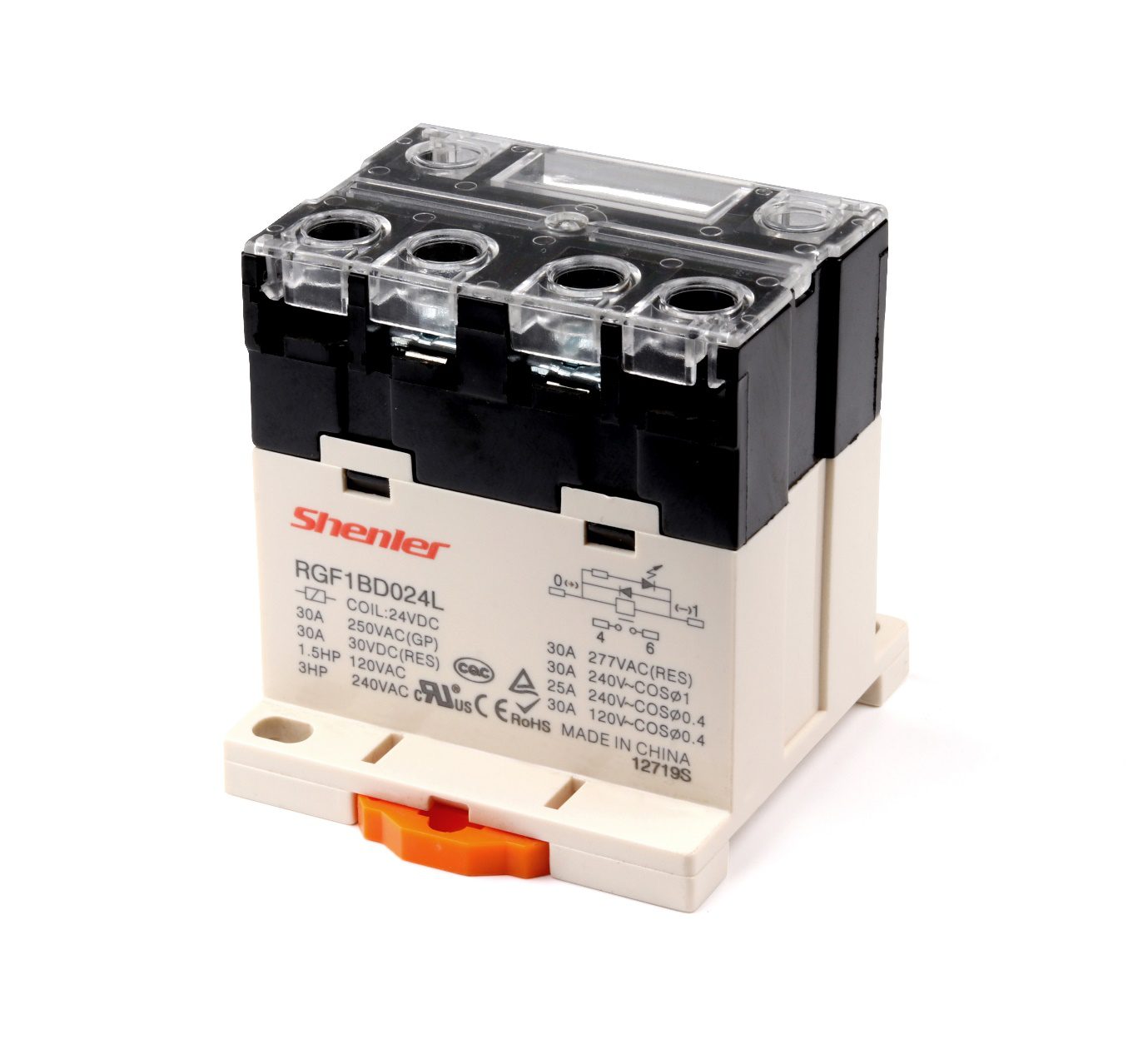
What are Heavy Duty Relays?
Heavy duty relays are specialized electrical switches that are designed to handle high currents. They are typically used in applications where a standard relay would not be able to handle the load, such as in a car’s electrical system. Heavy-duty relays are available in a variety of sizes and configurations to meet the specific needs of the application.
When choosing a heavy-duty relay, it is important to consider the maximum current that the relay will be required to handle, as well as the voltage and frequency. Other factors, such as environmental conditions, must also be taken into account.
Heavy duty relays are typically more expensive than standard relays, but they are necessary in applications where a standard relay would not be able to handle the load.
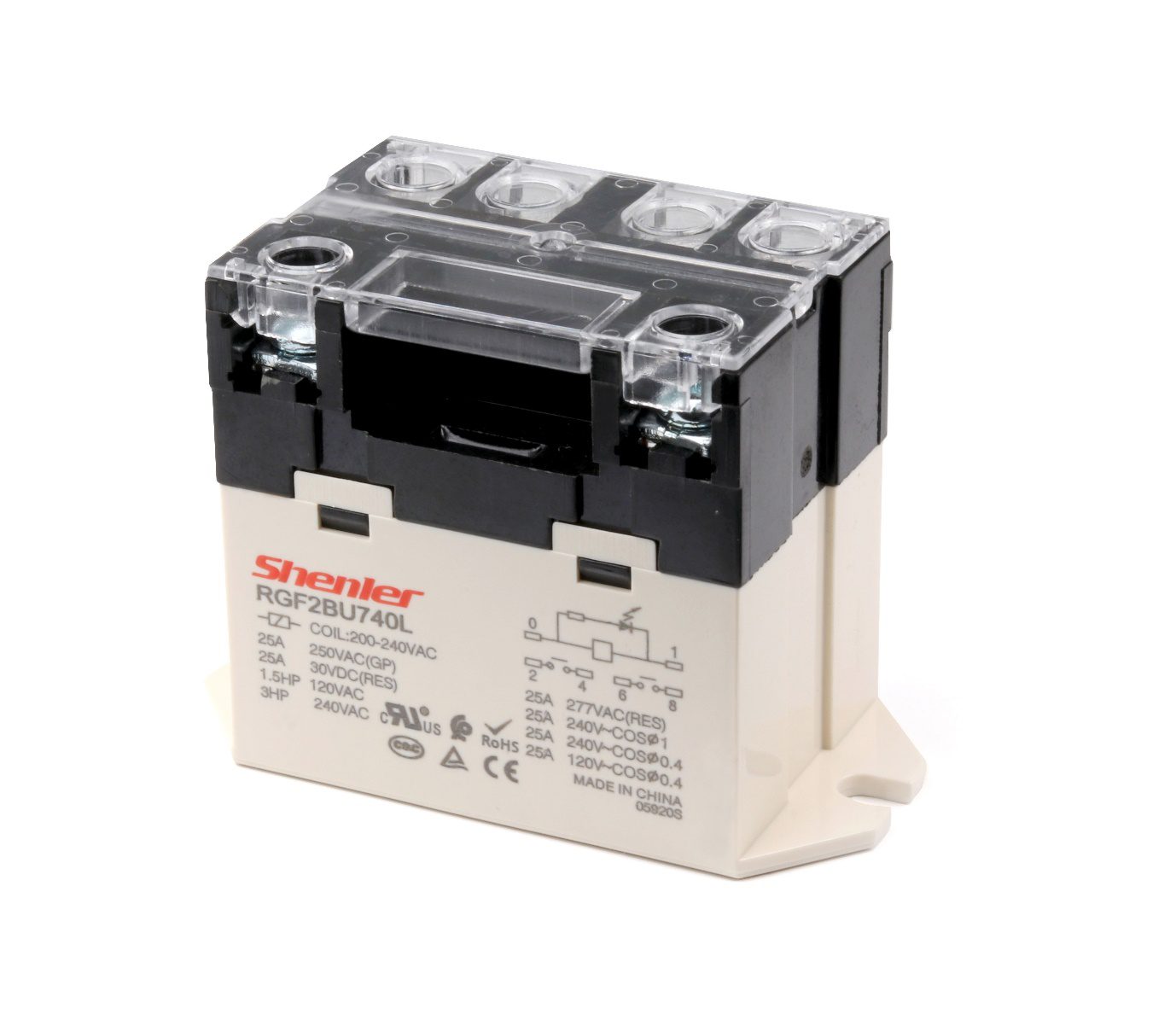
The types of heavy-duty relays
Heavy duty relays are an essential component in many industrial and commercial applications. They are used in a wide variety of applications such as motor starters, lighting controls, and more. There are many different types of heavy-duty relays, each with its own unique features and benefits.
The most common type of heavy-duty relay is the SPST relay. This type of relay has two terminals, one for the input and one for the output. The SPST relay is typically used for simple On/Off applications.
Another common type of heavy-duty relay is the DPST relay. This type of relay has four terminals, two for the input and two for the output. The DPST relay is typically used for applications that require two independent circuits to be controlled.
There are also heavy-duty relays that have more than four terminals. These types of relays are typically used in industrial applications where high currents and voltages need to be switched.
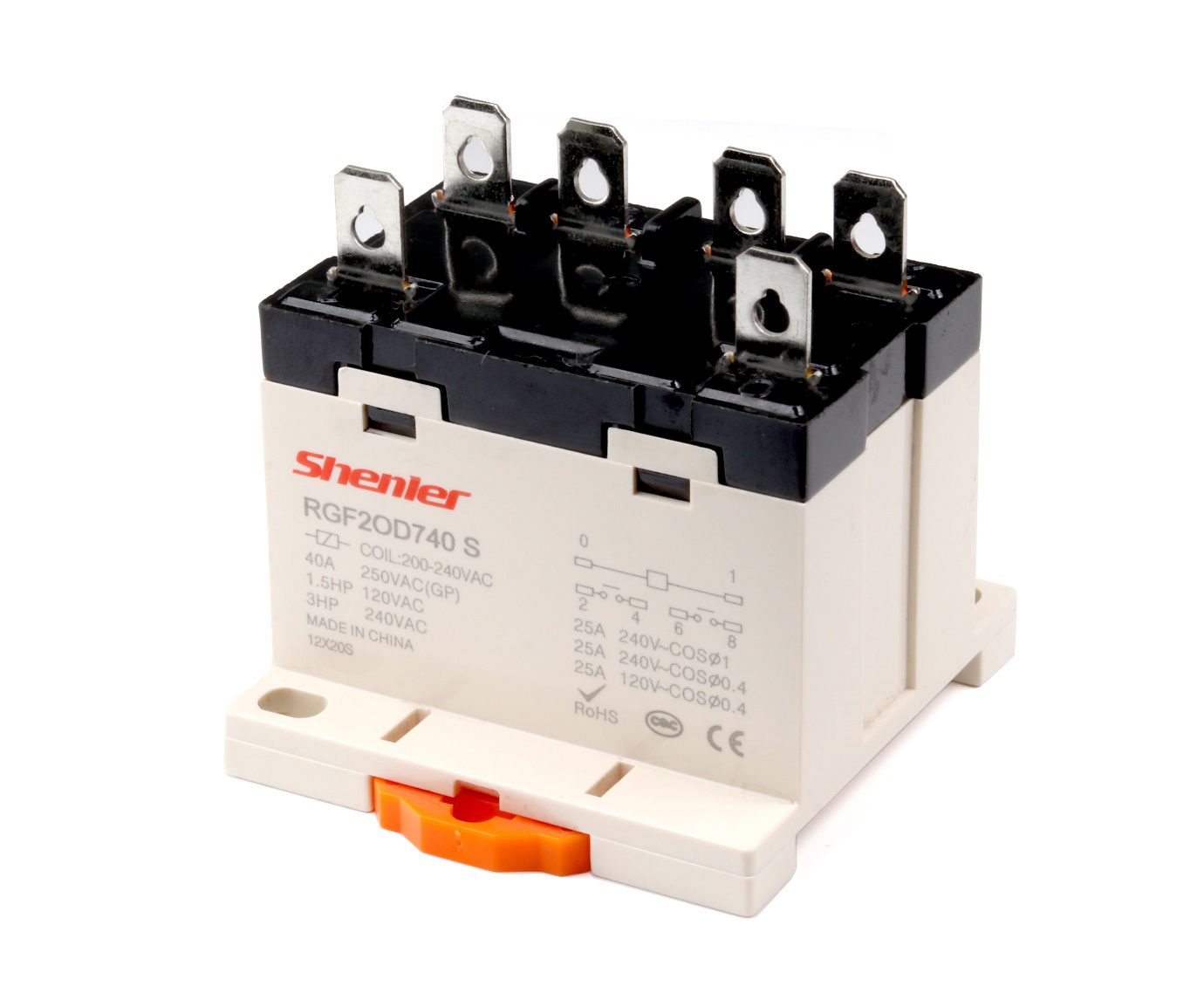
How do Heavy Duty Relays work?
A heavy-duty relay is an electrical device used to control high-voltage circuits. It is an essential component in various electrical systems.
These relays can be used to control anything from small appliances to large industrial machinery. Heavy-duty relays are designed to handle large amounts of power, and they are typically used in industrial environments, but can also be found in automobiles, aircraft, and other applications.
Heavy duty relays work by using electromagnets to control switches. When the electromagnet is energized, it creates a magnetic field that closes the switch and allows current to flow through the circuit. When the electromagnet is de-energized, the magnetic field is removed, the switch opens, and the current stops.
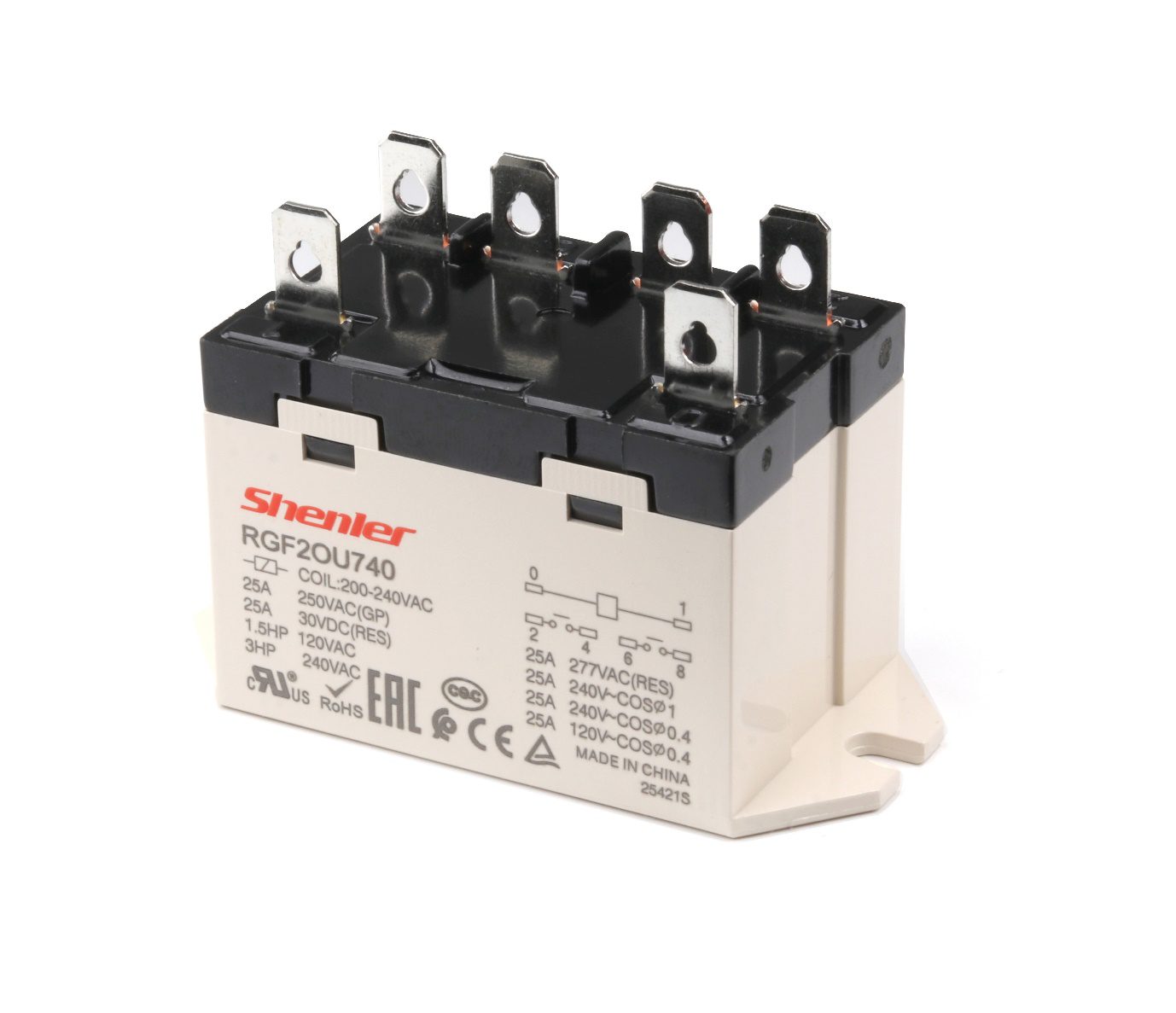
The benefits of heavy-duty relays
Relays are devices that allow electrical circuits to be controlled by a small amount of power. They are often used in heavy duty applications where large amounts of current need to be switched on or off. Heavy duty relays can offer a number of benefits over traditional relays, including higher switching capacity, higher voltage and current ratings, and better resistance to shock and vibration.
The challenges of heavy-duty relays
Heavy duty relays are an important part of many industrial and commercial applications. They are used to switch high current and high voltage loads and are often found in applications such as HVAC systems, motor controls, and welding equipment.
Despite their widespread use, heavy-duty relays can pose a number of challenges. They are often susceptible to voltage spikes and transients, which can cause them to fail. They also require regular maintenance and inspection, as they can develop faults over time.
Despite these challenges, heavy-duty relays are a necessary part of many industrial applications. By understanding the challenges they pose, we can develop strategies to mitigate them and keep our systems running smoothly.
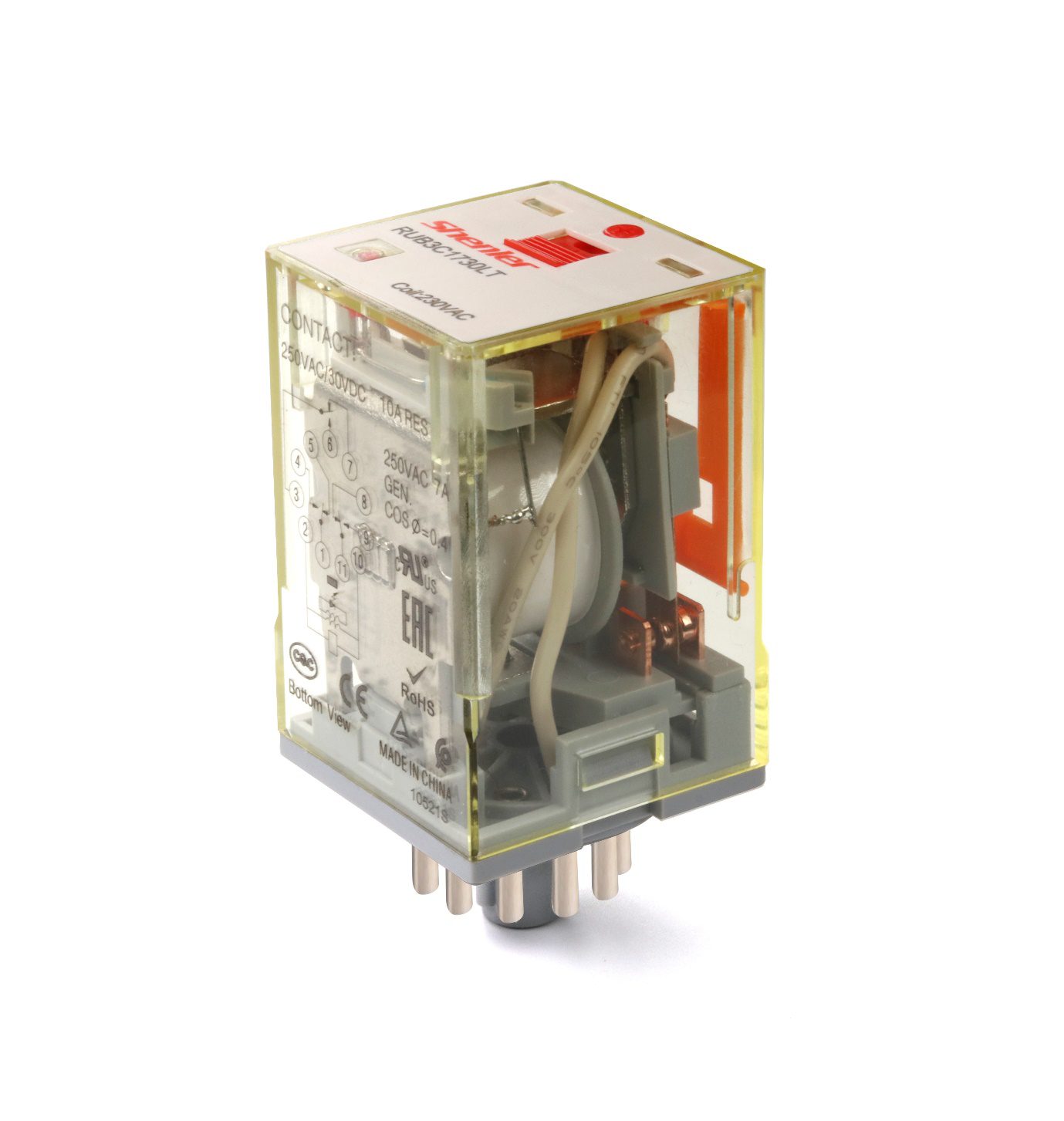
The applications of heavy-duty relays
Heavy duty relays are used in a variety of industries and applications. They are commonly used in automotive and industrial applications where high loads need to be switched. Heavy duty relays can also be used in renewable energy applications, such as solar and wind power, to switch high loads. Other applications for heavy duty relays include marine, agriculture, and construction.
How to choose the right heavy-duty relay?
Relays are switches that are used to turn circuits on and off. They are found in a variety of applications, including automotive, industrial, and domestic purposes. Heavy duty relays are designed for high current and voltage applications. They are often used in industrial settings, such as factories and power plants.
Heavy duty relays have a number of advantages over other types of relays. They are less likely to fail, can handle higher currents, and can be used in a variety of environmental conditions. Additionally, heavy-duty relays can be controlled remotely, making them ideal for use in automated systems.
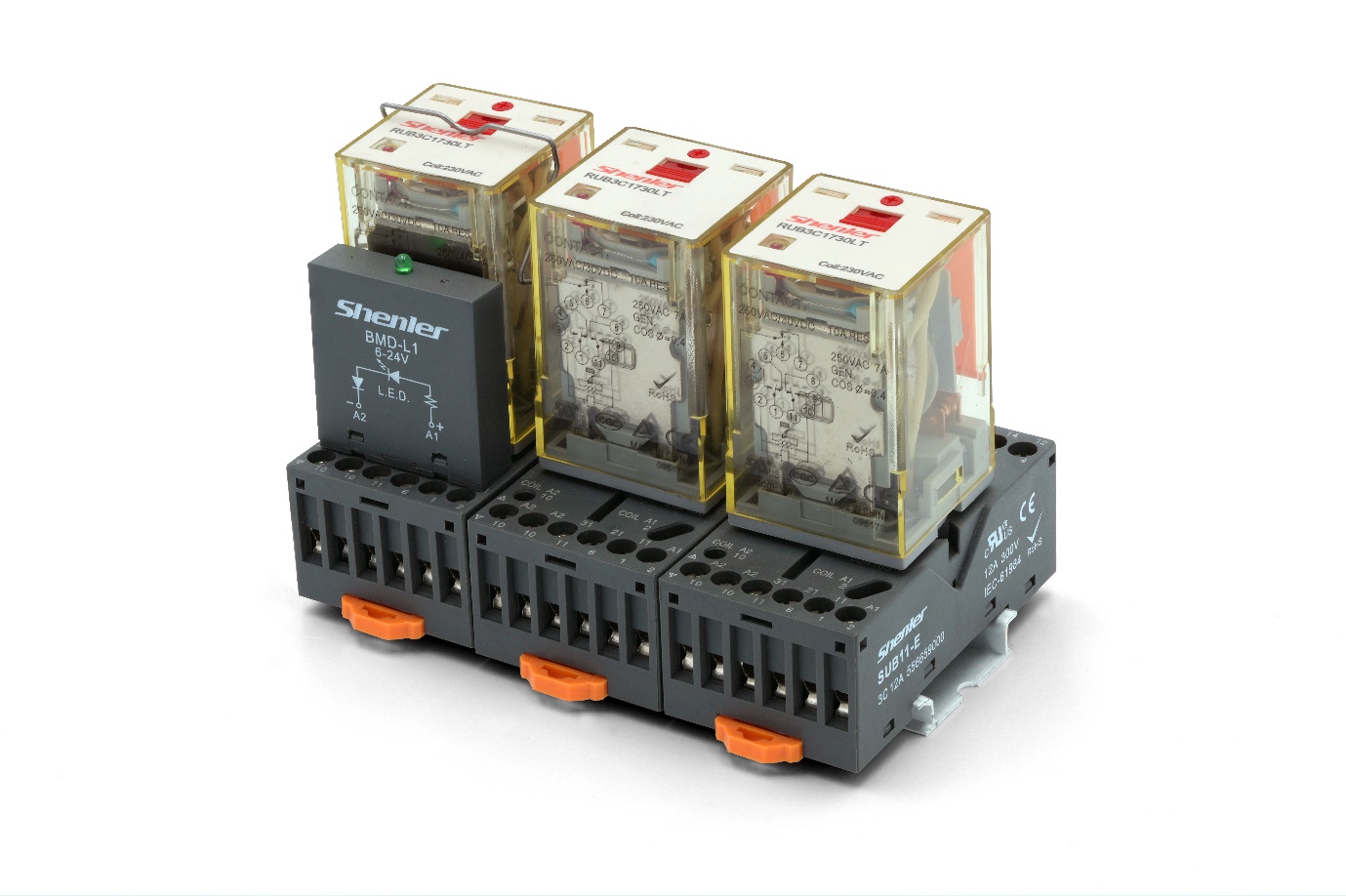
How to Install Heavy Duty Relays?
Installing a heavy-duty relay is a simple process that can be completed in a few steps.
First, disconnect the battery by removing the negative cable. Next, remove the old relay by unplugging it from the socket. Then, insert the new relay into the socket and plug it in. Finally, reconnect the battery by attaching the positive cable.
A heavy-duty relay will help to ensure that your electrical system is functioning properly and will help to prolong the life of your system.
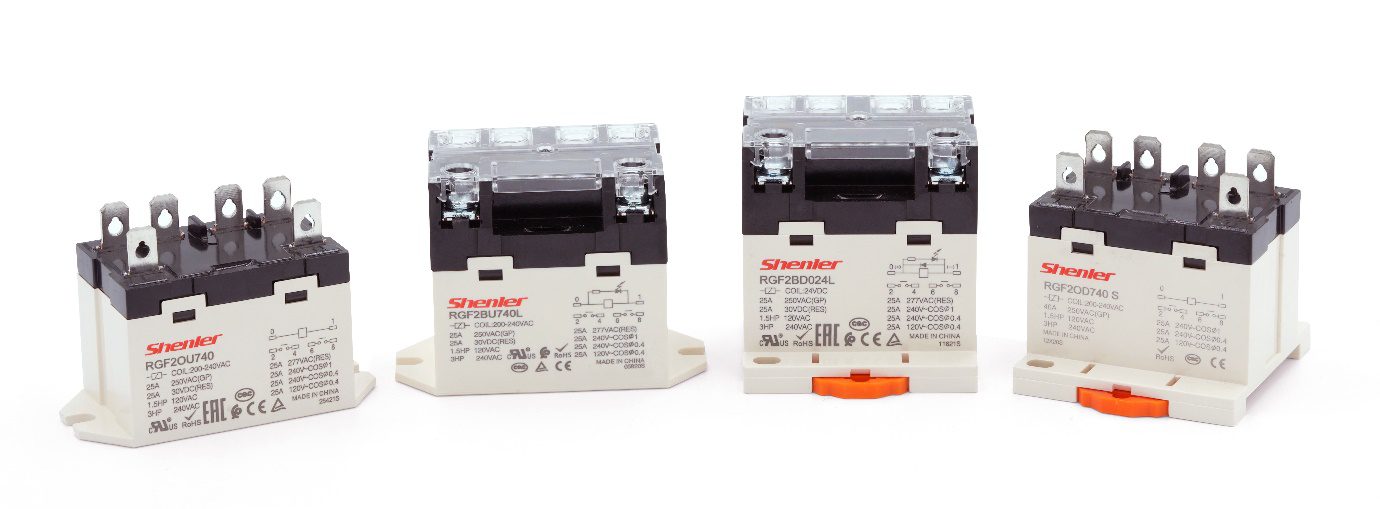
How to Test Heavy Duty Relays?
There are a few key things to keep in mind when testing heavy-duty relays. First, you need to make sure the relay is wired correctly. Second, you should check the coil resistance of the relay. Finally, you need to test the contact resistance of the relay.
To test the coil resistance of the relay, you will need a multimeter. First, connect the probes of the multimeter to the coil terminals of the relay. Then, set the multimeter to the resistance setting and measure the resistance. The resistance should be within the specified range for the relay.
The purpose of this section is to ensure that the resistance of the material being tested is within the specified range. If the resistance is outside this range, it may indicate a defective material.
It is important to test the resistance of materials before use, as defective materials can cause serious problems. If you have any questions about testing resistors, please feel free to contact us at [email protected].
To wrap things up
Heavy-duty relays are an important component of many industrial and commercial applications. They are designed to handle high currents and voltages, and can provide many years of reliable service. However, heavy-duty relays can also be a source of problems if they are not properly selected or installed.
--- END ---
